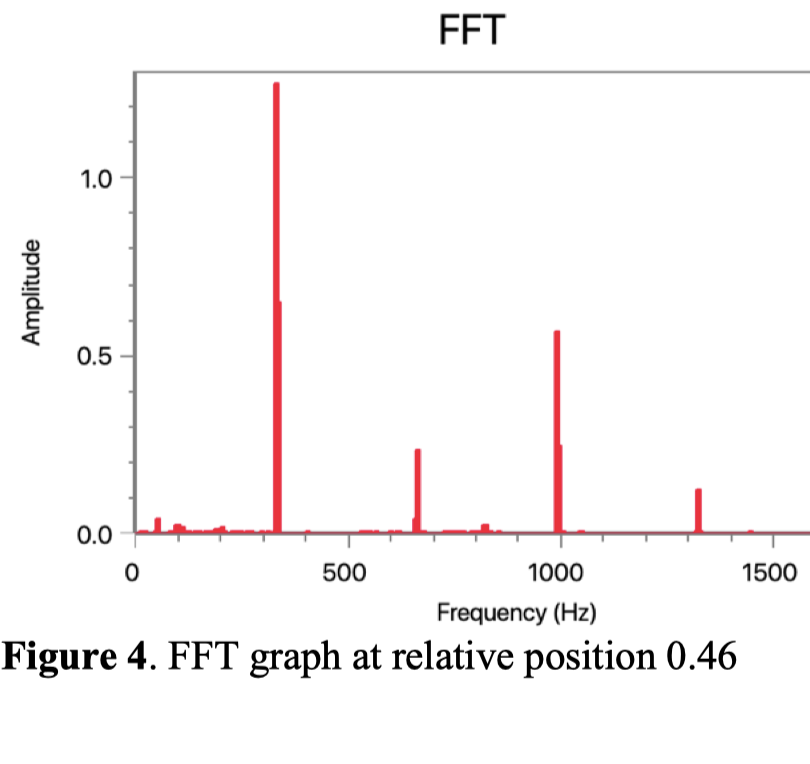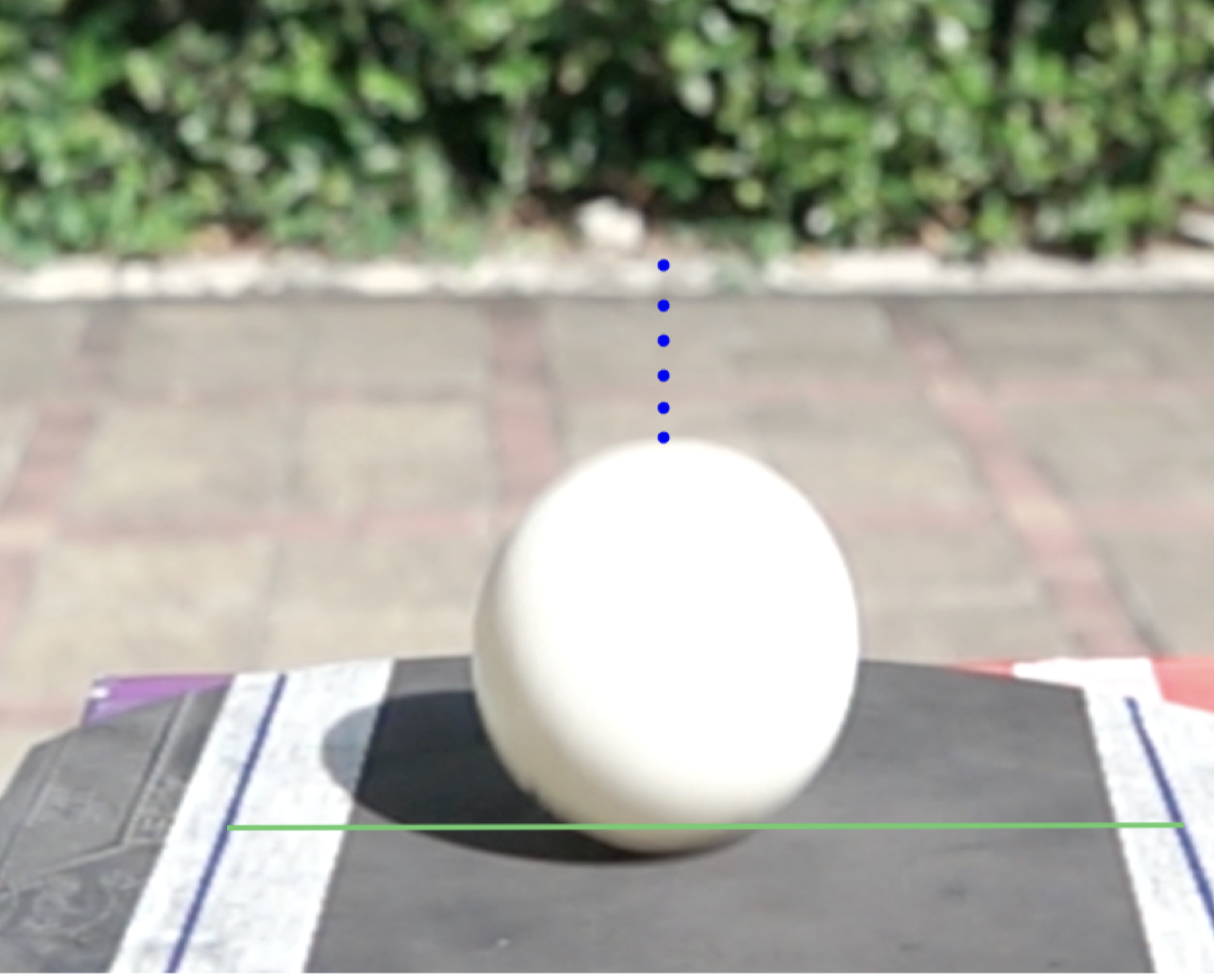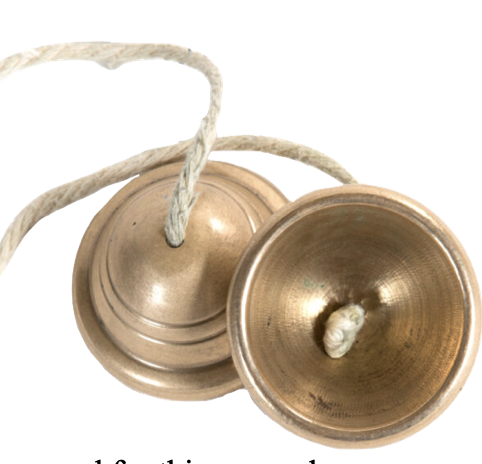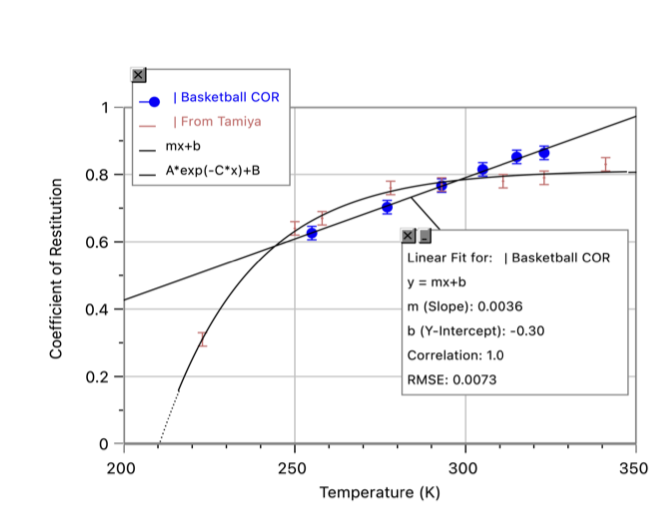Volume 15
January - December, 2021

A guitar string was plucked at 21 positions spanning the whole string with a consistent plucking method. The sound produced by the pluck was recorded and analyzed under a frequency-amplitude graph. It was shown that the amplitude of a harmonic tone at a point corresponded to the amplitude of the standing wave of the harmonic at the same point. Plucking a string at particular positions is an effective way of influencing the timbre of a guitar to one’s preference.

Article 2
Impact Velocity and Coefficient of Restitution of a Table Tennis Ball
by Krin Muangsiri

Article 2
Impact Velocity and Coefficient of Restitution of a Table Tennis Ball
by Krin Muangsiri
The impact of a table tennis ball upon a paddle was recorded using a high-speed camera. The effect of the ball’s initial impact velocity on its coefficient of restitution was determined for impact velocities ranging from 1.4 m/s to 20.2 m/s. It was found that the coefficient of restitution decreased linearly with increasing impact velocity.

The frequency and Young’s modulus of a Thai ching were studied at temperatures ranging from -20˚C to 47˚C. It was found that both of these values decreased with temperature. This study also demonstrates the validity of a method of determining the Young’s modulus of a material using a percussion instrument.

A basketball ranging in temperature from 255 K to 323 K (-18 to 50°C) was released from a height of 1.92 m and tracked with a motion detector as it bounced to measure the effects on energy loss related to changes in the Young’s modulus of the basketball wall. It was found that there is a linear relationship between the coefficient of restitution and the temperature of the basketball within the range tested. The effect of pressure change with changing temperature was factored out of the energy loss, and was also found to decrease linearly with increasing temperature.
